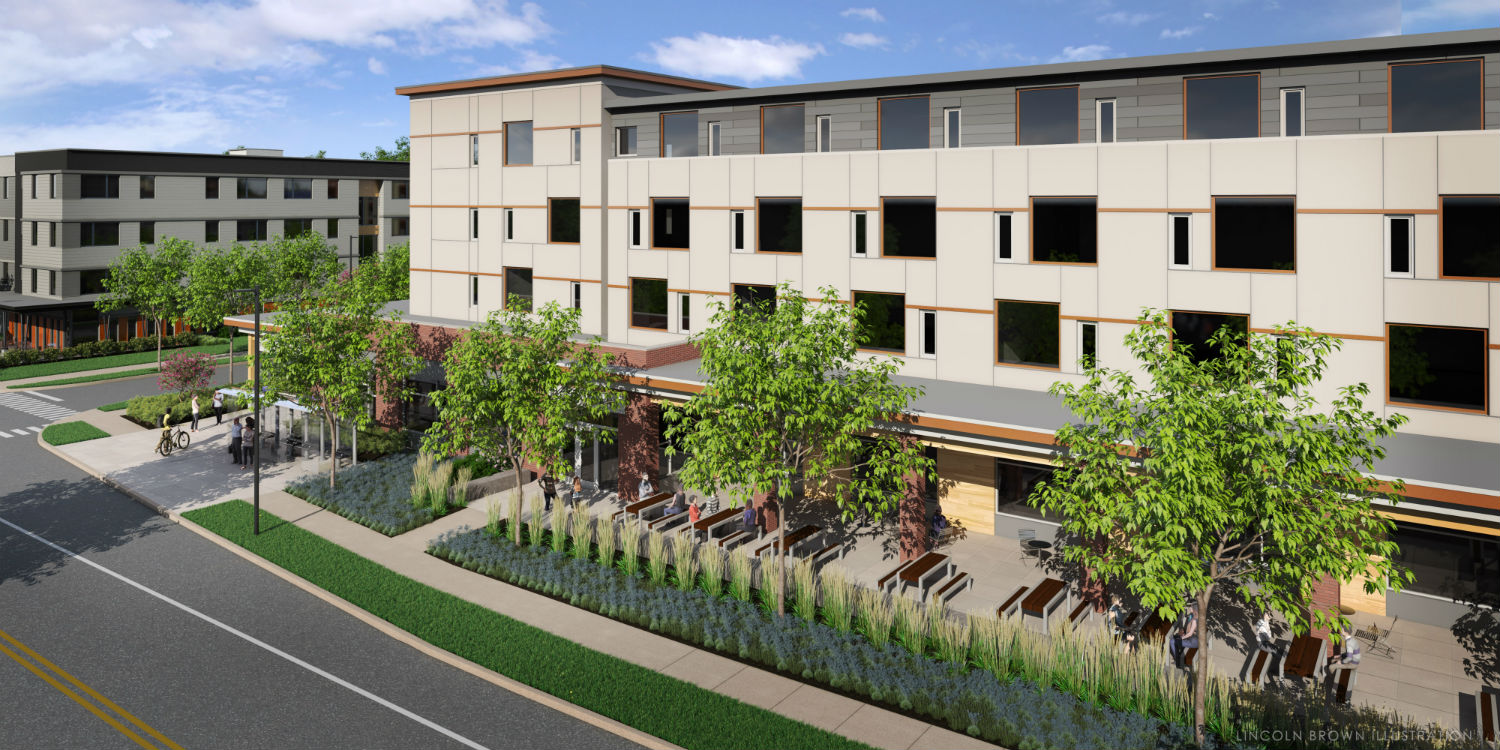Mixed-Use Neighborhoods: What Are They, and What Are the Benefits? - Cambrian Rise in Burlington, VT
cambrianrisevt.com
Saved by Israel
Mixed-Use Neighborhoods: What Are They, and What Are the Benefits? - Cambrian Rise in Burlington, VT

Saved by Israel
Walkable neighborhoods where an intergenerational mix of community members can bump into each other while they carry out the most frequent journeys of daily life (work, school, play, food, etc.) are the best way for people to see each other.
